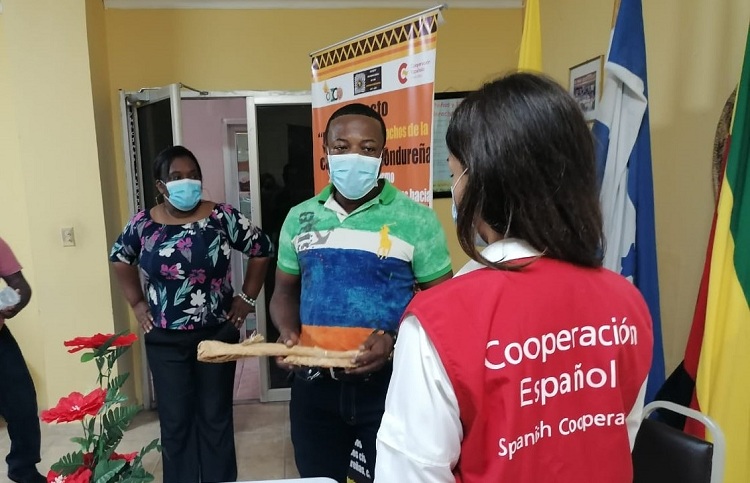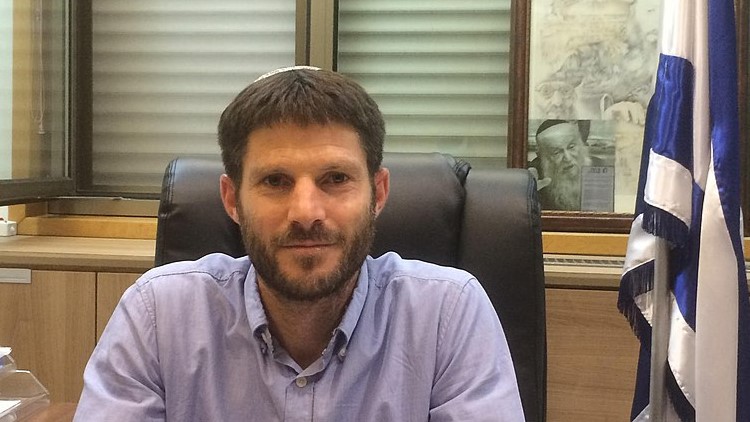The Diplomat
At the current rate, Spain will need at least 25 years if it wants to reach the 0.5% of Gross National Income for Official Development Assistance (ODA) promised by the Government of Pedro Sánchez by the end of this legislature.
This is what emerges from the latest data from the Development Assistance Committee (DAC) of the Organization for Economic Cooperation and Development (OECD), which reveal that, in 2020, in the midst of the pandemic, global ODA increased by 3.5% compared to 2019 and that total funds reached $161.2 billion, representing 0.32% of global income. This rise in ODA in real terms is partly explained by the increase in bilateral lending by some donors, especially from the EU to middle-income countries. In 2020, 22% of gross bilateral ODA was provided in the form of loans and equity investments, up from 17% in previous years, confirming an upward trend that, in the DAC’s view, is “worrying in the midst of a debt crisis”.
In a context in which private flows to developing countries are decreasing (-13%) and trade is contracting (-8.5%) “much greater efforts are needed to support developing countries in the distribution of vaccines, hospital services and income support for the most vulnerable people”, declared OECD Director General, Angel Gurría.
The report indicates that 16 countries increased ODA in real terms during the pandemic and thirteen others reduced it, including Spain. Specifically, the report’s data, collected by the Coordinator of NGOs for Development, reveal that Spanish ODA fell by 1.8% in absolute terms in 2020, mainly due to the fall in resources allocated to assist refugees living in Spain. The aid effort (the ratio between ODA and Gross National Income) did increase by 0.24%, but this was due to the fall in income. Likewise, bilateral ODA increased by 10%, but this increase is “clearly insufficient considering that, after a lost decade, it is at minimum levels”, according to the Coordinator.
“The good news is that there is a certain normalization of humanitarian aid, which has gone from 62 to 91 million euros (3.8% of the total)”, it continued. Likewise, multilateral aid continues its upward course, reaching 1.73 billion euros, its highest level in the last eight years, “something consistent with the leadership that the Government, and specifically Pedro Sánchez, has wanted to imprint on the multilateral agenda”, it added.
In general, according to the NGDOs, the increases follow an increasing line since 2016, but “are totally far from the roadmap to reach 0.5%” announced by the Government by the end of this legislature. “At the current rate of growth, we would reach the committed 0.5% in 25 years, which is not a good letter of introduction at the gates of the reform of the cooperation system currently being debated in Congress”, warned the Coordinator.
Therefore, “Spain must show that it believes in the reform, and that also means allocating greater resources”. At the moment, “Spain continues to be at the bottom of the EU in ODA with 0.24%, far behind the European average (0.5%) and even behind Hungary (0.27%)”, laments NGDOs. Specifically, Spain ranks 20th out of 29 in terms of aid effort, behind Hungary, and 13th in terms of the amount of Official Development Assistance.







